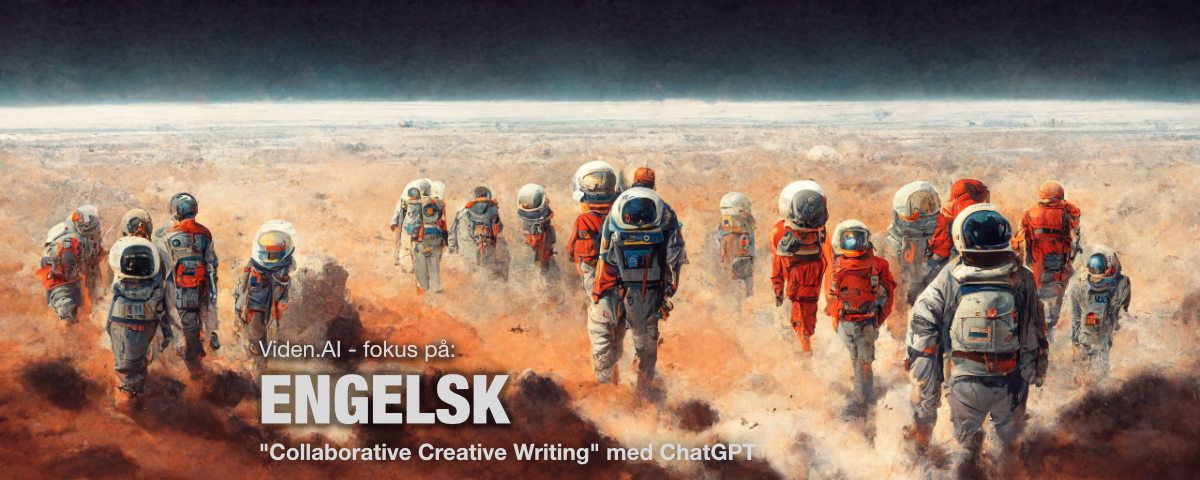ChatGPT challenges our ways of working with writing in the subjects, as we already see students using it to "cheat" when they make written submissions.
In this article, we will try to challenge ChatGPT so that we can use it as a creative writing partner in English. If you ask, it is possible to have some conversation with the chatbot. Right now, it works best in English, which is why this article focuses on the English subject.
Let's write a short story about "Space Exploration". First, we ask ChatGPT about the following:
Let's write a short story about space exploration together. Ask me for input about characters, plot, settings etc.
ChatGPT tells us that it would like to help with writing and starts asking questions about our story's characters, plot, environment, and theme/message. It suggests that we should write our ideas:

We're starting to feed ChatGPT with our ideas:
Yes, I think our main character is an Astronaut working for SpaceX. She is a scientist working with geology. The story is about the first mission to Mars.

We continue to write together with ChatGPT:
The first main conflicts is a meteor storm on the flight to Mars. The space capsule is tiny and fits 4 astronauts. The have to set up a colony at the planet. There have to be some conflicts between the astronauts on their long flight.

It could be am adventure story with several dangerous situations. They all survive at the end. The astronauts have to work together with mission control to solve the obstacles.
Notice spelling mistakes in our prompt for ChatGPT here - it understands very well what we're typing, even with many mistakes. This means that, for example, many dyslexic students can easily use it.

Finally, we ask for a summary:
Please summarize our ideas

The great thing about using ChatGPT in this way is that students get lots of ideas but must write coherent stories in their own words. The didactic focus is for students to create a writing log where they reflect on the inputs they give ChatGPT and the answers they get. The focus is on the writing process more than the written text itself, and most students also expand their vocabulary considerably during the exercise. They are told not to use sentences directly from ChatGPT (and we can check if a human or an AI wrote it - see the article "Plagiarism and ChatGPT"), but they must formulate the final story themselves.
We hope this little article has given an insight into the possibilities of ChatGPT for creative writing. Try to explore the possibilities yourself before using it with your students.
We need to be critical, but especially curious, about new technology - also when it challenges how we think about our subjects, our view of learning, and tampers with our entire understanding of our subjects.
Below, we have used Midjourney to visualize the little story we wrote with ChatGPT.

This Viden.AI, we have not taken a position on the General Data Protection Regulation and the use of ChatGPT. Therefore, be careful to include the program as part of the teaching or for storing sensitive personal information.
Read more here:
https://openai.com/terms/






